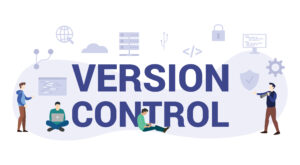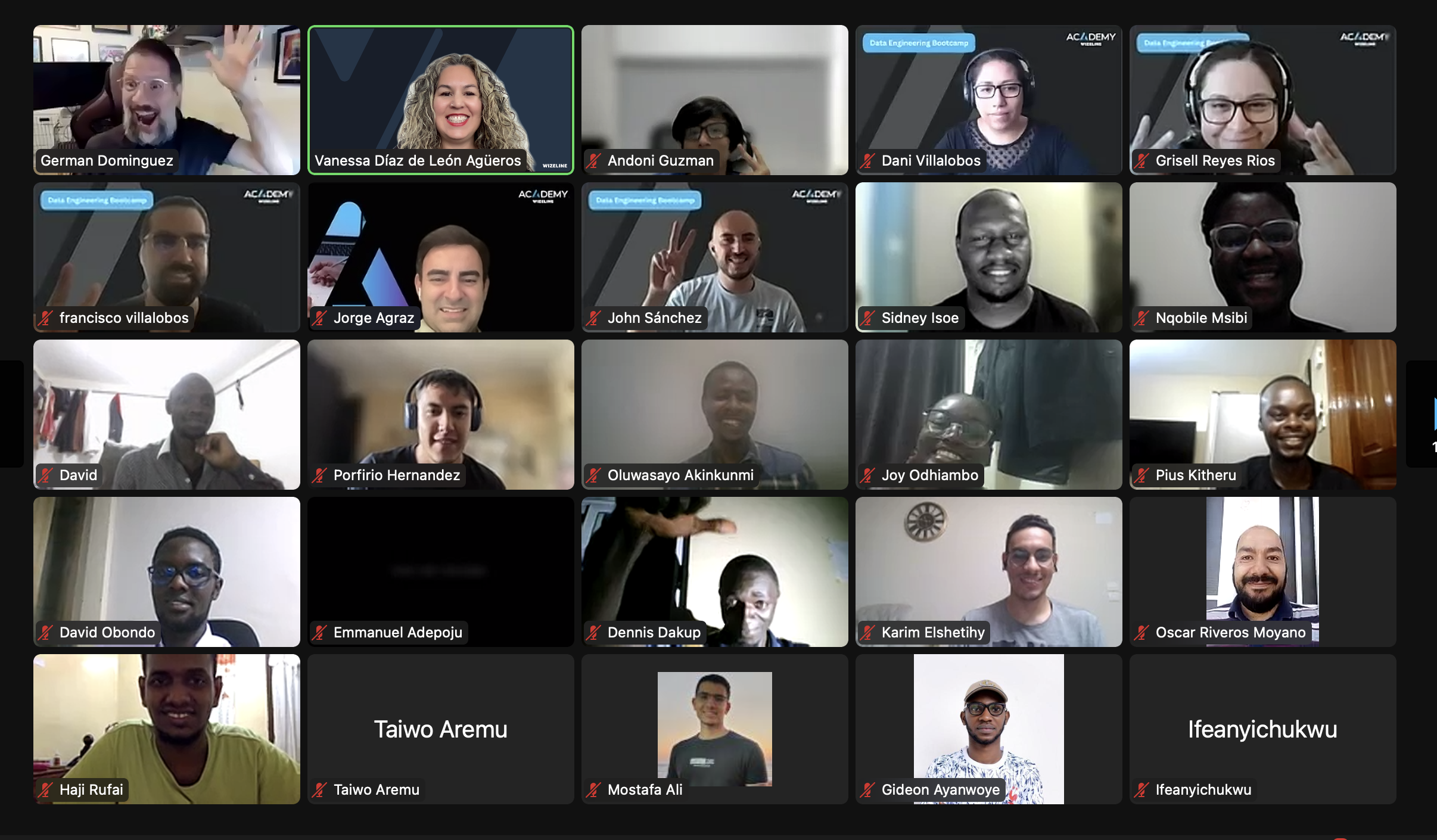1. Don’t reinvent the wheel
When considering the requirements for your project, ask yourself questions about the features. Helpful questions to ask and answer early on include: Is this feature really necessary? Who benefits from this? Has someone else in my organization, a third party, or even an open code repository already coded a similar solution?
2. Make sure your code is readable
Instead of focusing on optimization, prioritize making your code readable. Readable code is understandable code, and understandable code can be more easily integrated to promote greater efficiency in the project as a whole.
3. Comment and document
Start each function or method you create with a comment. In this comment, you can outline exactly what the function or method does, what its parameters are, and what it returns. You’ll also want to describe any possible errors or exceptions.
4. Stay DRY
Remember the DRY principle: Don’t Repeat Yourself. This principle states: “Every piece of knowledge must have a single, unambiguous, authoritative representation within a system.” This is also sometimes known as DIE, or Duplication Is Evil. In other words, the same piece of code should never be repeated over and over.
5. Test your code
Tests are a form of documentation. They tell you how the code is supposed to act. Continuous testing helps to provide meaningful feedback to developers. From there, developers can quickly address any issues and make the necessary changes.
6. Remember that consistency is key
When coding, it’s important to do similar tasks in a similar fashion each time. When you’re developing a new routine with a functionality that closely matches an existing routine, use a comparable name, parameter order, and structure for the code body. Another way to keep your code consistent is to follow the conventions of your coding framework.
7. Keep it simple
Strive to always produce code that is simple, readable, and straightforward. Complex code increases the likelihood of bugs and mistakes. So, try to make your code do only what it needs to do and nothing more. Keep your design focused on the project’s current needs.
8. Make your code portable and readable
Your code should always be able to function across platforms and frameworks. Thus, it’s wise to store the program’s messages away from the code. Further, you should never hard-code certain cultural conventions, like the format for dates.
Additionally, your code must be buildable. If it can’t be distributed, it’s not optimal. Use an automation tool that allows you to build your code into a form that’s ready for distribution and can be tested quickly.
9. Take advantage of version control
With version control, developers can work concurrently on the same set of files. It also allows you to restore previous versions of your code (in case it breaks) and to track the history of changes made to the code.
10. Collaborate
You’re part of a team, and you all share a common goal – ideally, to create the highest quality product in the shortest amount of time. Thus, it’s not beneficial for you to work alone. Instead, strive to work together with your teammates.
Communicate consistently, and make a point to regularly share your progress and ideas with your team. Collaboration among teammates often leads to new and better approaches and solutions.
A Bonus Coding Best Practice: Have Fun!!
As a developer, you will surely spend countless hours writing code, so why not have fun in the process? Try to work on projects that are interesting to you, or at least find an enjoyable piece of each project to focus on.











